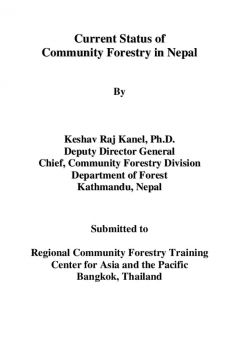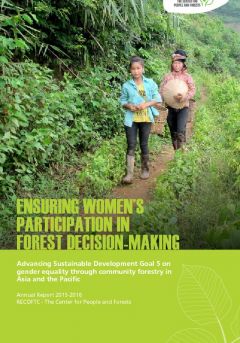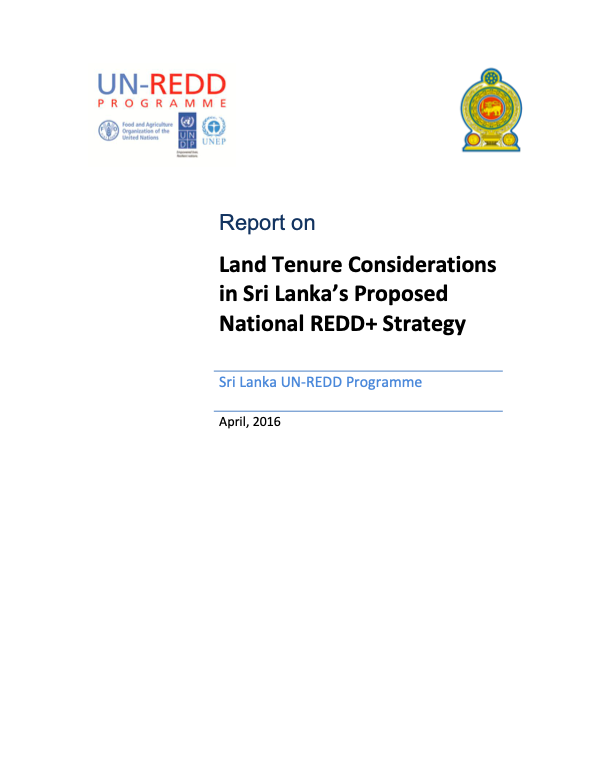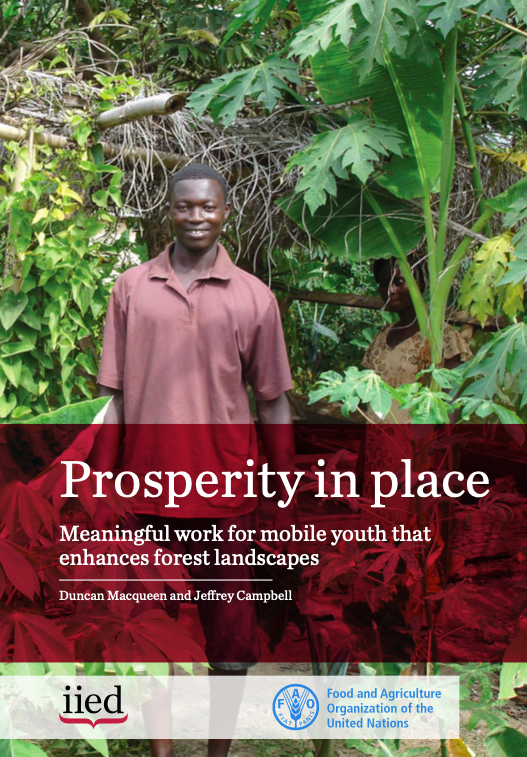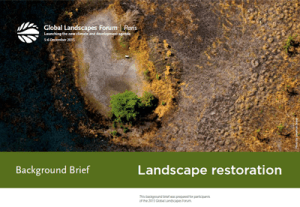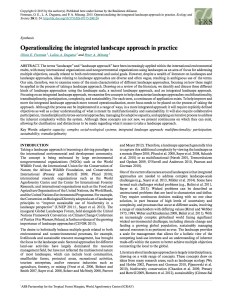A Fair Share? Experiences in Benefit Sharing from Community-Managed Resources in Asia
This book captures the main lessons and issues emerging from national and regional discussions on 'benefit sharing.' It also presents one case study from each country, selected to highlight issues in different sectors. As we struggle to find ways to strengthen the poverty reduction potential of CBNRM, we hope that this book offers some practical areas to target for future action.



